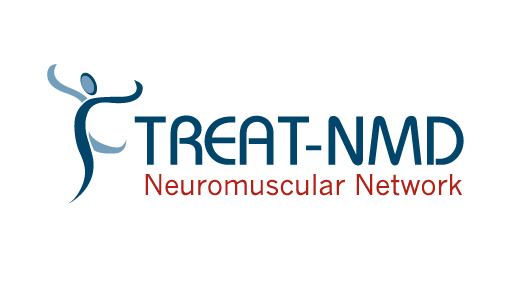Congenital Myopathies
Congenital myopathies are a group of genetic muscle disorders that appear at birth or very early in infancy. They are characterised by a lack of muscle tone and/or “floppiness” at birth. Infants may have trouble feeding or breathing and can be slow to meet normal developmental milestones.
There are a number of different subtypes of congenital myopathies which can vary greatly in symptoms and severity. These include, but are not limited to: nemaline myopathy, central core myopathy, multi-minicore myopathy, centronuclear myopathy, congenital fibre type disproportion myopathy, hyaline body myopathy, and myotubular myopathy.
More than 20 genes have been associated with congenital myopathy. These genes are usually inherited in an autosomal recessive pattern, but some can be inherited in a X-linked pattern.
Almost every gene exists as two copies (alleles), and we inherit these copies from our parents. One copy comes from our mum, and one copy comes from our dad. Genetic diseases can be passed down if one or both copies of a gene are non-functional (mutated).
With autosomal recessive congenital myopathies, both copies of the gene must be mutated/non-functional for the person to have the disease. If a person has inherited one mutated copy and one healthy copy of the gene, then they are a “carrier” of the disease gene, but will not have the disease itself. Males and females are equally likely to be affected.
With X-linked congenital myopathies, such as X-linked myotubular myopathy*, males are more likely to be affected than females. This is because males have only one copy of some genes (X-linked genes), which they have inherited from their mum. As a result, if that single copy is mutated, then they will have the disease. For females, because they have two copies of those particular genes, they will only have the disease if both copies are mutated. If females have one mutated copy and one healthy copy of the gene, they are also called “carriers” of the disease gene, but some may experience mild symptoms of the disease.
*You can learn more about X-linked myotubular myopathy here.






